Human evolution
“There is grandeur in this view of life, with its several powers, having been originally breathed into a few forms or into one; and that, whilst this planet has gone cycling on according to the fixed law of gravity, from so simple a beginning endless forms most beautiful and most wonderful have been, and are being, evolved.” – Charles Darwin, On the Origin of Species, 1859
The hominid family tree has a large number of branches. Although researchers agree on the general trends of hominid evolution, the relative scarcity and fragmentary nature of fossils and time gaps in the fossil record leave room for debate. For example, there are differing views on the relationship between hominids and the living apes. The general view is that humans and chimpanzees share a common ancestor, but some researchers argue that orangutans are more closely related to humans.
Differences between species occur as a result of mutations and recombinations of genes. Although it is not possible to study the genes of species represented by fossils, palaeontologists use the available fossil data to try to reconstruct “family trees”. With new finds and research, these trees are constantly being redrawn.
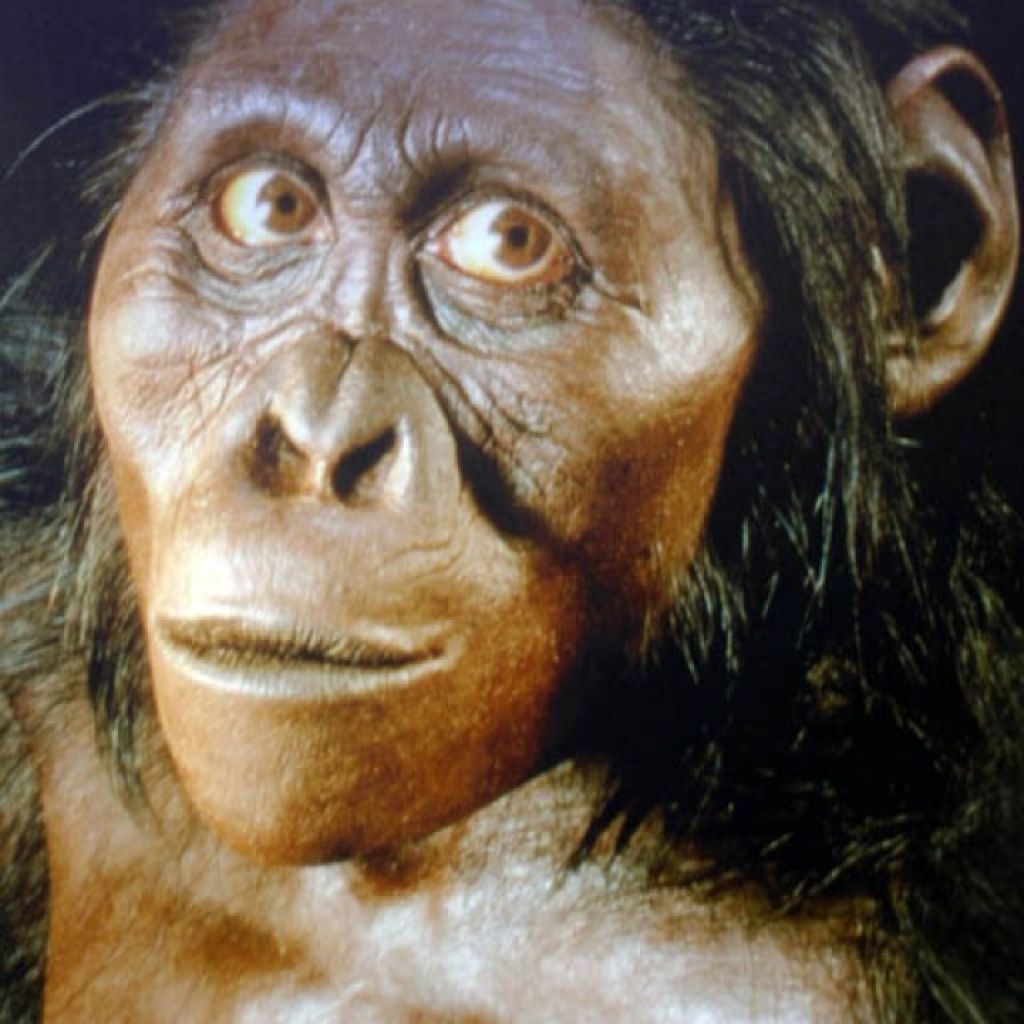
The discovery of our ancestors
In the 19th century, zoologists began to theorise about the evolution of humans from ape-like ancestors.
Anatomical indications which support the concept of evolution can be seen in hominid fossils from the Sterkfontein Caves and other sites in the Cradle of Humankind. Our earliest ancestors belonged to species now extinct and are known only from fossils at sites such as these. They had human-like teeth and could walk on two legs, but they also had several ape-like features, including much smaller brains than ours.
Humans and apes probably had common ancestry relatively recently, in the Miocene period – perhaps about 8-million years ago.
It’s only in the past 50 years or so that the concept of evolution has received wide public acceptance. But it’s an idea that’s been accepted by zoologists and anthropologists for more than 100 years. Carl Linnaeus, a Swedish botanist who devised a classification system (see below) for all living things in 1735, classified humans together with the apes in the zoological order primates.
In the 19th century, Charles Darwin published his theory of the evolution of species and suggested that humans had evolved from older, yet to be discovered, species.
The first archaic fossil of a human ancestor to be recognised was the Neanderthal skull cap found in 1856 in Germany. In the same year a Miocene fossil ape, Dryopithecus, was discovered in France. A more archaic hominid than the neanderthal, Pithecanthropus, known as “Java Man” and since reclassified as Homo erectus, was found in Java, now Indonesia, in 1891.
In 1924 the skull of a very ape-like human ancestor was found at Taung, South Africa. This fossilised skull of a four-year-old child became known as the “Taung Skull” or the “Taung Child”. It had an ape-sized brain but human-like teeth. Professor Raymond Dart, the anatomist who recognised it for what it was, claimed this fossil was a link between ape and human and named it Australopithecus africanus (“southern ape of Africa”).
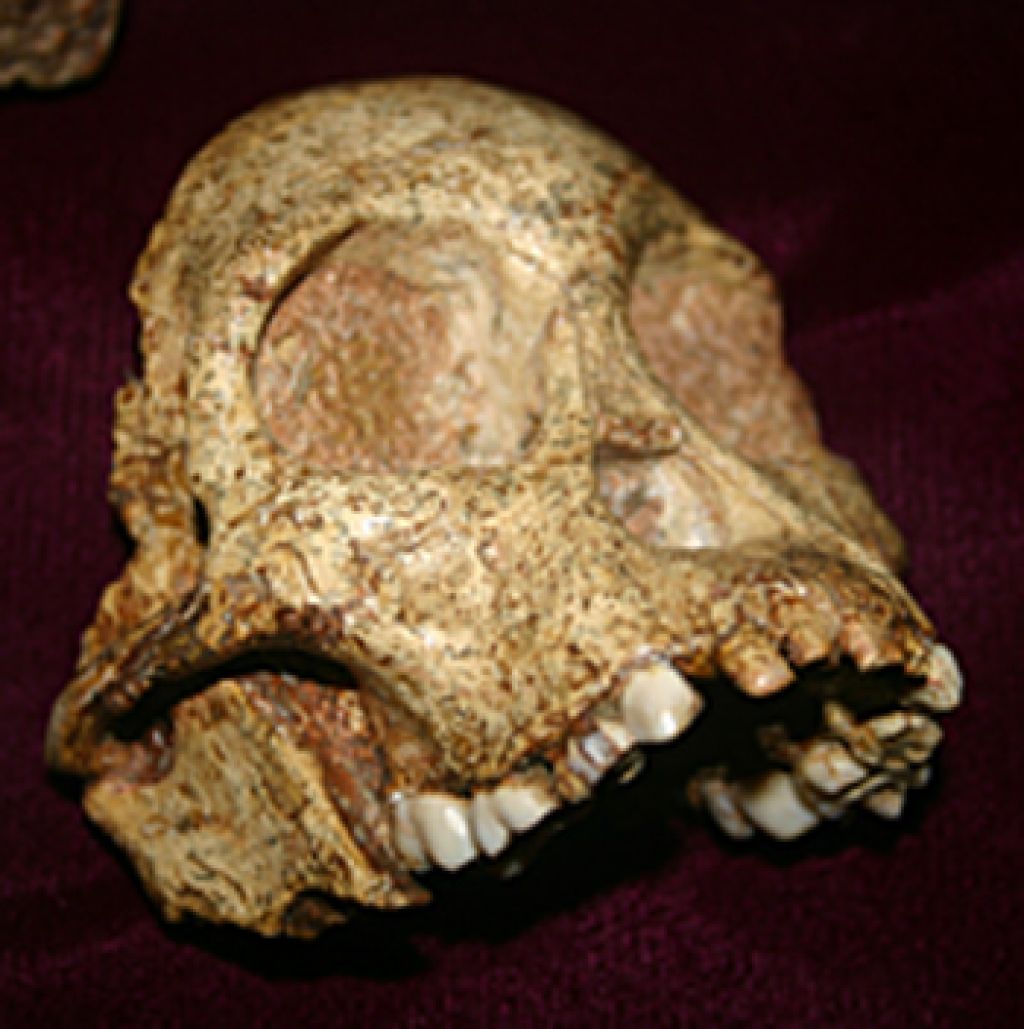
The Taung fossil had a number of human-like features:
- Brain: The brain size was too large to represent a fossil monkey, and the brain grooves on the endocast, gyri-elevations and sulci-grooves indicated human-like or advanced brain function.
- Facial features: The degree of prognathism or facial projection was not as large as what you would find in an ape.
- Dentition: The canine tooth crown was smaller and less projecting than that of an ape.
- Foramen magnum: The opening at the base of the skull where the spinal cord enters the vertebral column was positioned far forward on the base of the skull, which indicated that the head would have balanced on a vertical body. This would mean that the Taung child walked erect and thus was likely to be bipedal.
In 1936, the palaeontologist Dr Robert Broom found the first adult Australopithecus at Sterkfontein. This and all other human-like fossils, including our own species, Homo sapiens, are classified in the zoological family Hominidae. The apes are classed into several other families: Hylobatidae (gibbons), Pongidae (orangutans), and Panidae (chimpanzees and gorillas).
The great apes of the present day are the gorillas, chimpanzee and bonobos of Africa, and the orangutan of Asia. Today’s lesser apes – the gibbons and siamangs of Asia – occur only in restricted areas of tropical forest.
But during the Miocene period, which lasted from about 22-million to 6-million years ago, there were a great many species of ape that occupied forests in Europe and Asia as well as Africa. Some of the genera were Proconsul, Afropithecus, Morotopithecus, Turkanapithecus, Kenyapithecus, Dendropethicus, from East Africa; Otavipethicus from Namibia; Dryopithecus; Ouranopithecus; Pliopithecus and Lufengpithecus from China. One Asian ape, evolved into the biggest ape ever known, with massive jaws and teeth. Apart from the orangutan, which has strong similarities to Sivepithecus, it is not known how the modern apes and humans relate to these fossil genera.
It is generally accepted that hominids – the ancestors of humans – evolved from one of the Miocene apes about 8-million years ago, as the oldest hominid found so far is the 7-million-year-old Sahelanthropus from Chad. Other early hominids are the 6-million-year-old Orrorin tugenensis from Kenya and the 5.8-million-year-old Ardipithecus ramidus from Ethiopia.
Misleading links
Most scientists – especially those outside Africa – dismissed the importance of the fossil discoveries in South Africa in the 1920s and 1930s, and were influenced heavily by the discovery of the so-called “Piltdown Man” fossil in Sussex, England, in 1912.
The Piltdown remains were formally classified as Eoanthropus dawsoni, named after the skull’s discoverer, Charles Dawson.
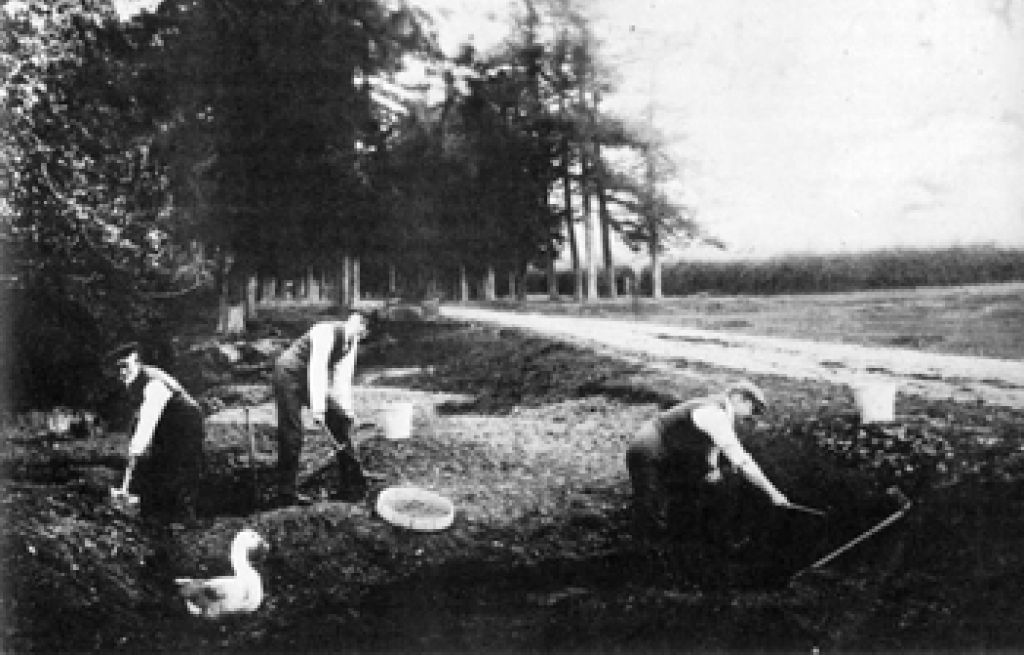
Piltdown Man reflected the expectations of the day, that a distant human ancestor, found in Europe, should be a creature with a large brain, like that of Homo sapiens, while having an ape-like jaw.
Critics disputed the claims made by Professor Raymond Dart and Dr Robert Broom in South Africa on the grounds that the Australopithecus africanus specimens they had found had small brains. However, “Piltdown Man” was eventually exposed as a hoax in 1953. The fake was actually constructed from a human skull buried with an orangutan jaw that had artificially abraded teeth to make it look human. The Piltdown hoax – which had many scientists fooled for more than 40 years – delayed universal recognition of the great significance of the South African fossils. To this day, it is not known for sure exactly who set up the hoax.
The discoveries of several specimens of Australopithecus africanus from South Africa, and the exposure of the Piltdown scam, encouraged scientists from around the world to accept that Africa was, after all, the cradle of humankind. One of the first English scientists to recognise the importance of South Africa’s fossil heritage was Sir Wilfred Le Gros Clark.
Scientific classification

The Swedish botanist Carl von Linne (1707-1778), also known as Carl Linnaeus, devised the scientific classification system which categorises all plants and animals and describes them in a two-part name made up of their genus and species. The basic system he devised is still in use, though it has been modified over the years.
In order to study living things, scientists today classify each organism according to its:
Kingdom
___Phylum
______Class
_________Order
____________Family
_______________Genus
__________________Species
To give an example, modern human beings, Homo sapiens, are classified like this:
Kingdom: Animals
Phylum: Chordates
Class: Mammals
Order: Primates
Family: Hominidae
Genus: Homo
Species: sapiens
Charles Darwin
In his classic books, On the Origin of Species (1859) and The Descent of Man (1871), Charles Darwin (1809 - 1882) argued the case for natural selection – that over time creatures which are able to adapt biologically to their environments survive, while those that don’t become extinct.
He further argued that all species of life on Earth are interrelated and have a common ancestry, dating back to the earliest forms of life.
The man who started a revolution
Charles Darwin was the first person to articulate a theory of evolution by descent with modification.
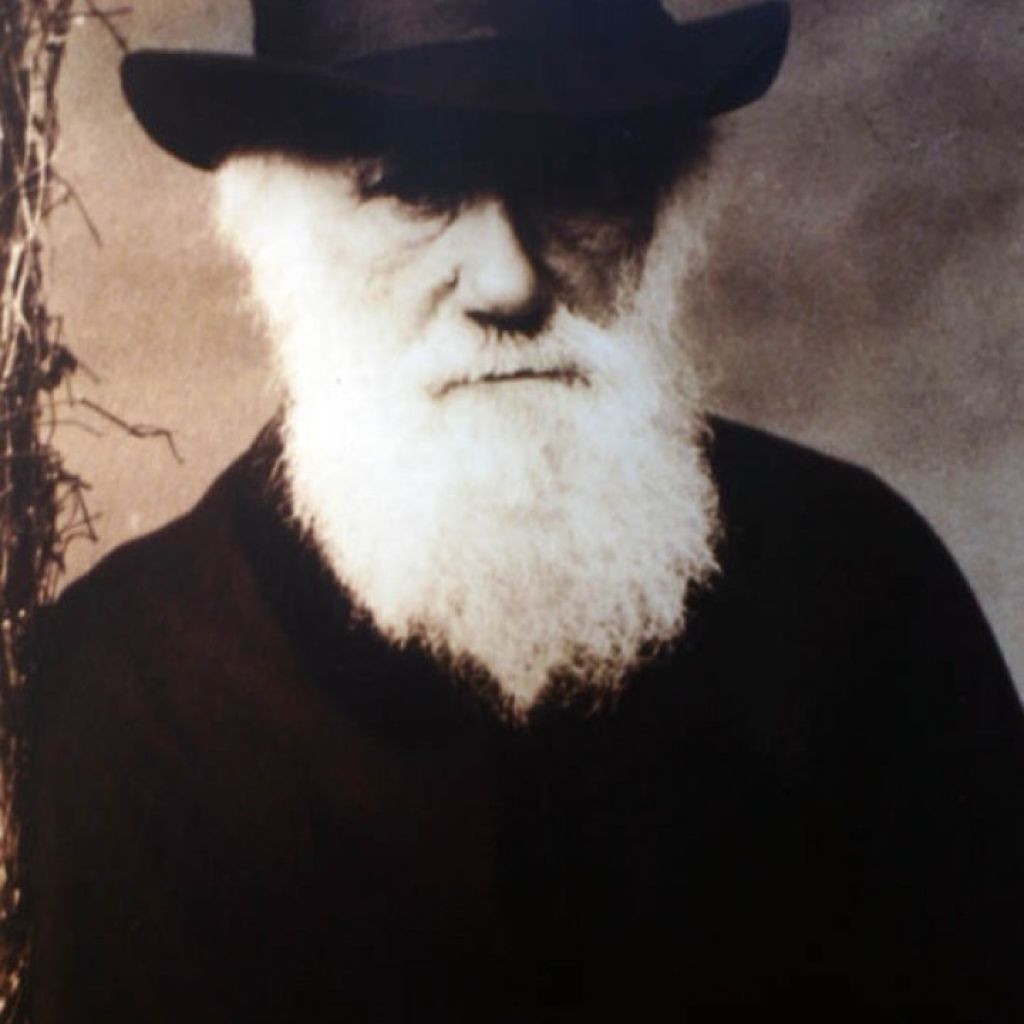
As a young man, he sailed around the world on the HMS Beagle from 1831 to 1836, visiting the Galapagos Islands, among other places, collecting specimens and developing his theories of evolution and natural selection. During this journey, he also visited the Cape of Good Hope in South Africa.
Although highly controversial at the time, the concept has gathered widespread support, though there is still opposition to it.
But Darwin was not the first to suggest that humans and apes may share common ancestry. In 1774, James Burnet, Lord Monboddo of Scotland, who was an eccentric judge and philosopher, suggested that humans were related to orangutans, and that in Africa all the types of human progression might be traced. Burnet is now credited as being one of the first scholars to introduce the concept of evolution.
Meet the family
Australopithecus africanus: Taung Child
Taung Child is the type specimen for Australopithecus africanus. It was collected by a quarryman at Taung, in the North West Province of
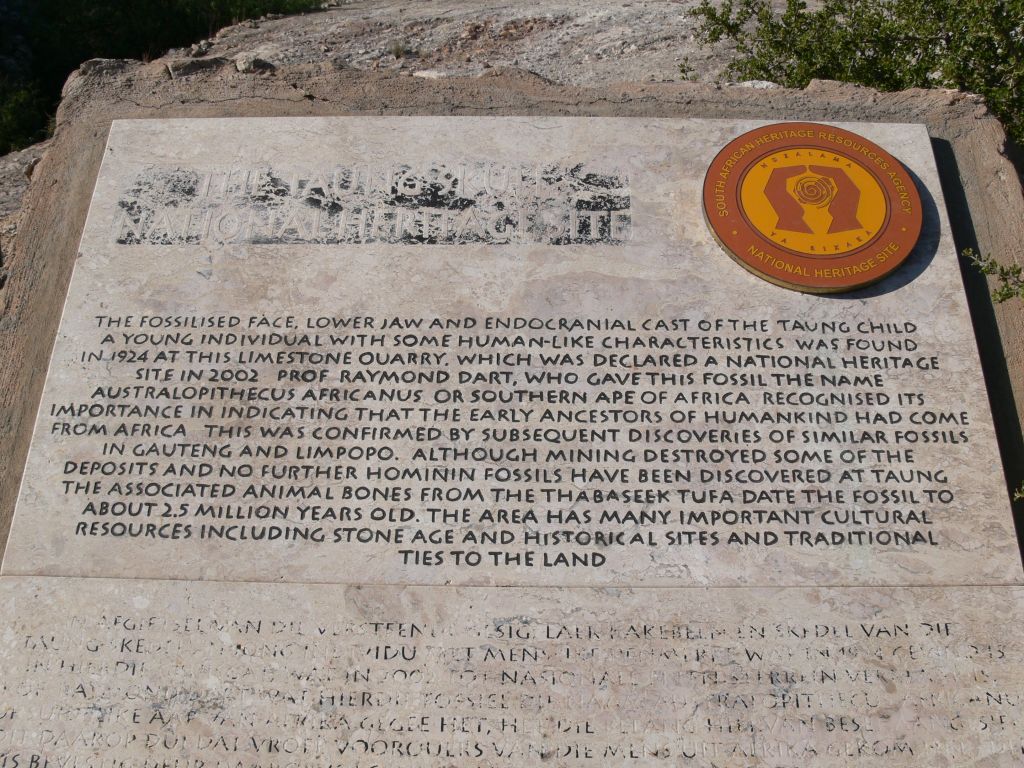
South Africa, in October, 1924, and taken to Professor Raymond Dart, an anatomist at the University of the Witwatersrand in Johannesburg. Dart recognised, cleaned and described the skull in the scientific journal, Nature, the following year.
Despite naming it Australopithecus africanus or “southern ape of Africa”, he noted the infant’s distinct human-like features, including a smooth brow region with no trace of brow ridges, small canine teeth, and a forward-placed foramen magnum (where the spine joins the base of the skull) that indicated it was bipedal. The Taung Child was the first australopithecine ever found, lending weight to the idea that humankind was born in Africa.
Homo ergaster: “KMN-ER3733”
One of the best preserved Homo ergaster fossils yet discovered, this skull belonged to a mature adult that lived about 1.75-million years ago in Koobi Fora, Kenya. It was
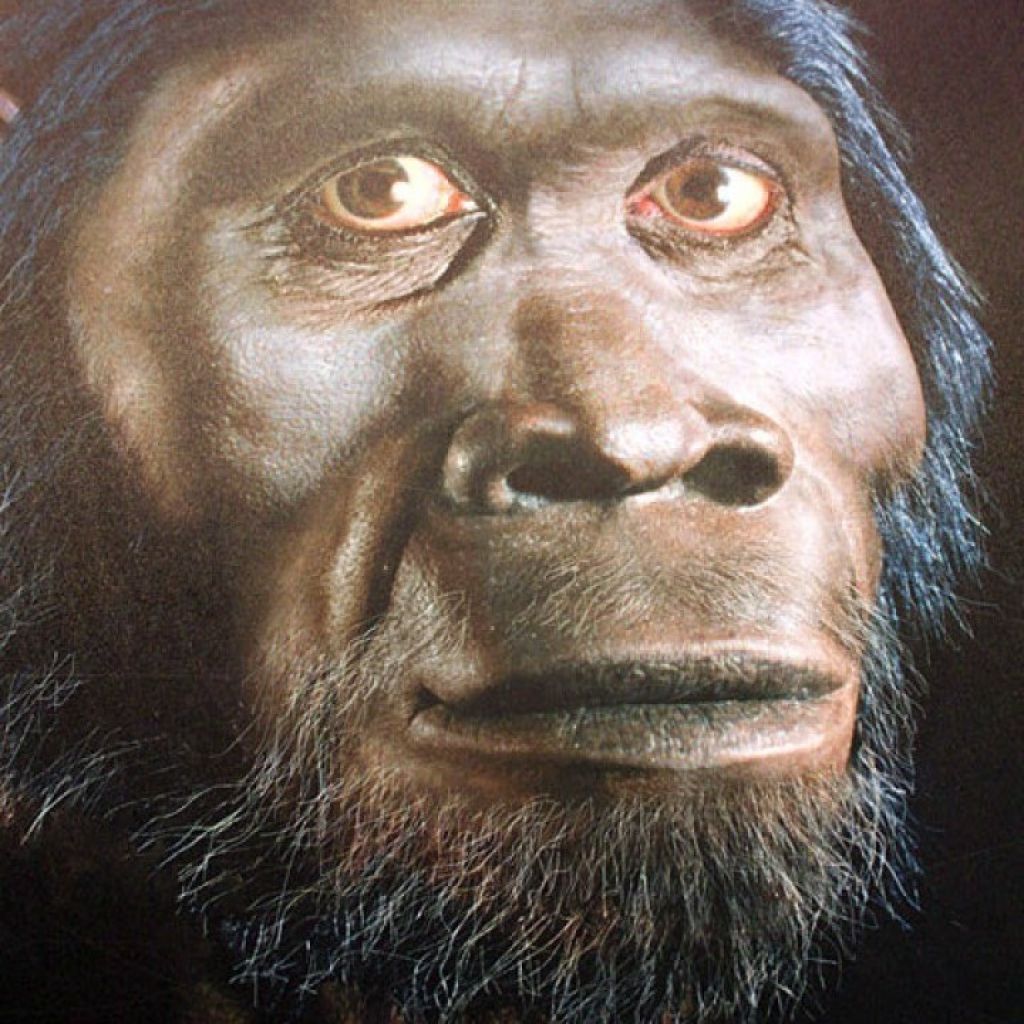
discovered by fossil hunter Bernard Ngeneo in 1975, who saw just the top of its double-arched browridge peeking out above the ground.
Although its brain size (850 cc) and low cranial vault are comparable with the Asian Homo erectus, KMN-ER3733 has enough differences, including a thinner cranial (skull) wall, for many palaeoanthropologists to place it in a different species – Homo ergaster.
Homo erectus: “S17”, Indonesia
The 800,000 year-old Sangiran 17 cranium is the best preserved “Java Man” (as fossils from this area are known) found so far. Its long cranium, low forehead and thick cranial bones are typical of the Asian Homo erectus from the region.
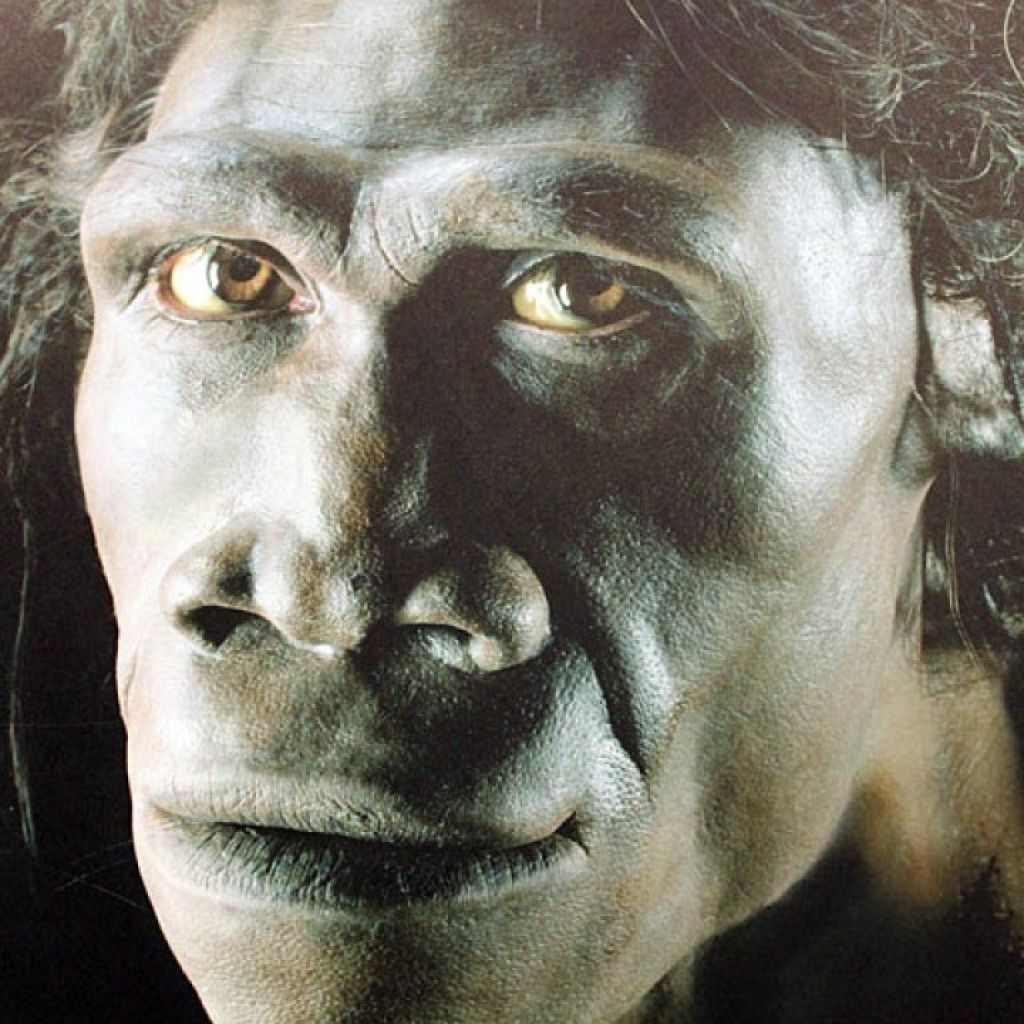
Homo neanderthalensis: “La Ferrassie 1”
This adult male was found in the La Ferrassie rock shelter in France, by Louis Capitan and Denis Peyrony in 1909. La Ferrassie 1, dated to about 50,000 years ago, is considered one of the classic examples of Neanderthal anatomy, as it contains all the defining characteristics of the species, including a receding forehead, low-vaulted braincase, large double-arched browridge, big nose and a huge braincase (1600 cc). It also has heavily worn front teeth, which may have been used as clamps for holding skins.
The skeleton of the specimen is also very important – it helped to dispel the misconception that Neanderthals walked with a stooped, slouching stance. In fact, La Ferrassie 1 and subsequent skeleton finds show that Neanderthals had a posture similar to modern humans. This skeleton was intentionally buried, like the other seven specimens found at the site.
Homo sapiens
Homo sapiens emerged about 200,000 years ago. Modern humans have a large brain (1300 cc average), encased in a high-vaulted cranium. They also have a browridge that is very reduced or non-existent compared to other Homo species, a near-vertical forehead, vertical sides to the braincase and a prominent chin.
Although populations around the world do look different – with skin colour being perhaps the most definitive characteristic – we are all alike and share the same species name, Homo sapiens.
Timeline
- Australopithecus afarensis lived in East Africa between about 3.6-million and 3-million years ago
- The ape-like but upright-walking Australopithecus africanus lived between about 3-million and 2-million years ago in Southern Africa
- “Handy man”, Homo habilis, is commonly regarded as the first toolmaker, emerging about 2-million years ago in East Africa
- Homo ergaster was about as tall as modern humans and lived between about 1.7-million and 1.4-million years ago in East and Southern Africa
- Homo heidelbergensis lived from about 600,000 years ago until 300,000 years ago and was probably an ancestor of Neanderthals
- Homo neanderthalensis lived from about 200,000 years ago until about 20,000 years ago in Europe
- Homo sapiens emerged about 200,000 years ago, probably in Africa
Australopithecus
Australopithecus – Australopithecines were some of our most ancient ancestors, living in Africa between about 4-million and 2-million years ago.
They were smaller than us, with human-like teeth and hands, a flattened nose region and forward-projecting jaws. Their brain was a little larger than that of a modern chimpanzee’s – about a third the size of ours today.
Australopithecus walked upright, but still used trees – perhaps climbing them for protection from predators or to seek food.
Different species of Australopithecus lived in Eastern and Southern Africa. The oldest found thus far, Australopithecus anamensis, was the most ape-like of the australopithecines and lived between 4.2-million and 3.9-million years ago in East Africa.
Other species include Australopithecus afarensis which lived between 3.6-million and 2.9-million years ago in East Africa and Australopithecus africanus, which lived between 3-million and 2-million years ago in Southern Africa.
The famous South African fossils Mrs Ples and the Taung Child are both Australopithecus africanus.
Homo
Homo – The earliest species of the genus Homo, our most direct ancestors, appeared about 2.3-million years ago. There were many species of Homo; the first was Homo habilis, known from fossils dating to 1.9-million years ago.

Homo had a larger brain than its australopithecine predecessors. It was the first hominid to have the mental capacity in addition to the physical ability to fashion primitive stone tools.
It was followed by Homo ergaster about 1.7-million years ago, whose advanced tool use and ability to harness fire for cooking and warmth allowed their descendants to eventually leave Africa for colder climates. Homo erectus emerged soon after, populating Asia for over a million years.
As Homo developed and speciated, their brains grew larger.
Modern Homo sapiens emerged about 200,000 years ago in Africa. Some of the earliest fossils of our species have been found in Ethiopia and South Africa.
Modern Humans – Modern humans, Homo sapiens, are the only species of Homo that have survived up until this day. The earliest modern humans appeared in Africa about 200,000 years ago. By at least 70,000 years ago, humans were showing modern behavioural traits such as adornment and artwork.
Ancient civilisations began to appear about 10,000 years ago, with writing forms following soon afterwards. And the rest… is history.
The human population has exploded from about 200-million people 2000 years ago to over 6-billion. Today we’re able to travel from one side of the world to the other faster than the speed of sound, we’ve populated almost every dry part of the planet, from mountaintops to islands, and we’ve even ventured into space.
But we’ve also endangered our survival on Earth by polluting the atmosphere, destroying natural habitats and waging war.
Will the ingenuity that has helped us thus far eventually destroy us or ensure our survival long into the future?